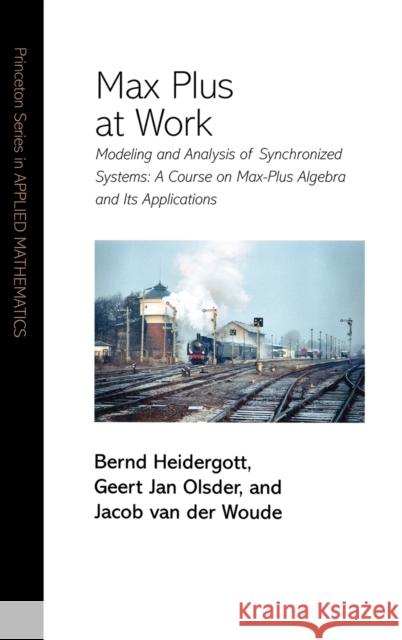Max Plus at Work: Modeling and Analysis of Synchronized Systems: A Course on Max-Plus Algebra and Its Applications » książka
Max Plus at Work: Modeling and Analysis of Synchronized Systems: A Course on Max-Plus Algebra and Its Applications
ISBN-13: 9780691117638 / Angielski / Twarda / 2005 / 224 str.
Max Plus at Work: Modeling and Analysis of Synchronized Systems: A Course on Max-Plus Algebra and Its Applications
ISBN-13: 9780691117638 / Angielski / Twarda / 2005 / 224 str.
(netto: 408,80 VAT: 5%)
Najniższa cena z 30 dni: 424,20
ok. 30 dni roboczych
Dostawa w 2026 r.
Darmowa dostawa!
Trains pull into a railroad station and must wait for each other before leaving again in order to let passengers change trains. How do mathematicians then calculate a railroad timetable that accurately reflects their comings and goings? One approach is to use max-plus algebra, a framework used to model Discrete Event Systems, which are well suited to describe the ordering and timing of events. This is the first textbook on max-plus algebra, providing a concise and self-contained introduction to the topic.
Applications of max-plus algebra abound in the world around us. Traffic systems, computer communication systems, production lines, and flows in networks are all based on discrete even systems, and thus can be conveniently described and analyzed by means of max-plus algebra.
The book consists of an introduction and thirteen chapters in three parts. Part One explores the introduction of max-plus algebra and of system descriptions based upon it. Part Two deals with a real application, namely the design of timetables for railway networks. Part Three examines various extensions, such as stochastic systems and min-max-plus systems. The text is suitable for last-year undergraduates in mathematics, and each chapter provides exercises, notes, and a reference section.











